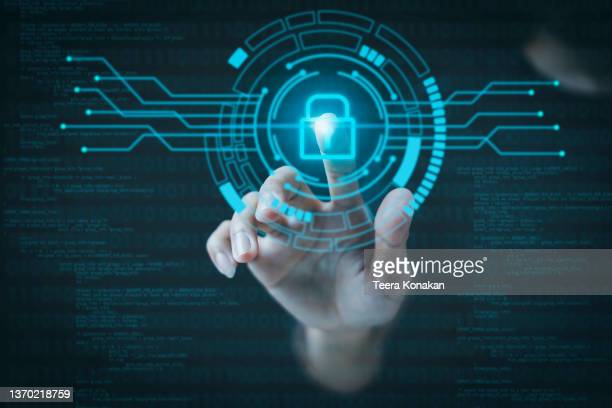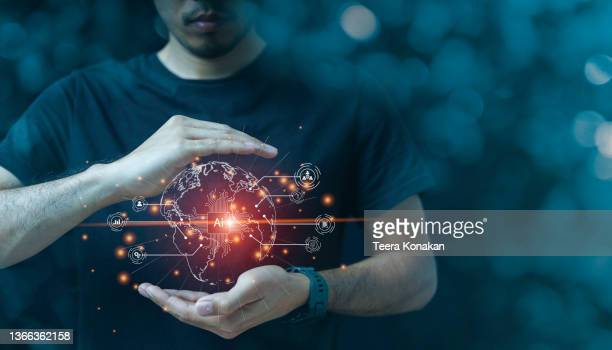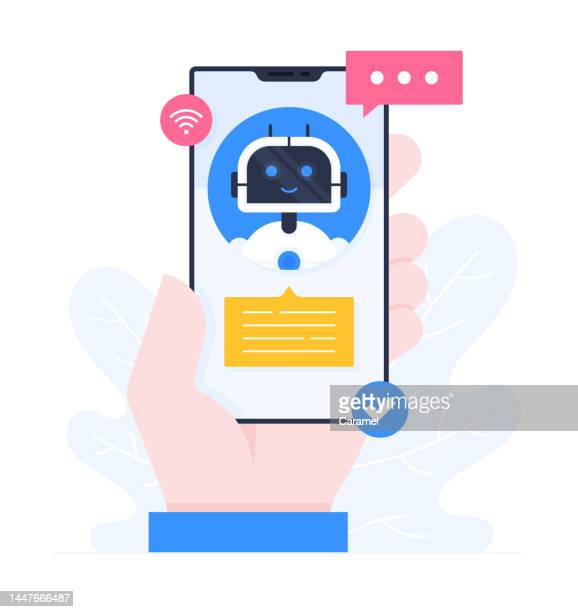
Blockchain based cybersecurity solutions leverage the decentralized and secure infrastructure of blockchain technology to enhance cybersecurity. By providing improved identity verification, data encryption, and access control, blockchain can help organizations better protect against cyber threats. However, challenges such as scalability, interoperability, and security vulnerabilities must be addressed to make blockchain-based systems more practical and effective.

Blockchain technology is disrupting the finance industry by enabling secure, efficient, and transparent transactions. This technology has the potential to transform traditional financial systems by reducing the need for intermediaries, increasing financial inclusion, and improving the speed and security of transactions. Blockchain can be used for a range of financial applications such as payment processing, asset management, and digital identity verification.

Building trust in artificial intelligence (AI) is crucial for its widespread adoption, particularly in sensitive industries such as healthcare and finance. One potential solution to this problem is to use blockchain technology to create a transparent and immutable record of an AI system's decision-making process.

Decentralized Applications (DApps) are computer applications that run on a blockchain network, allowing for greater security, transparency, and autonomy than traditional centralized applications. DApps can be used for a variety of purposes, from financial transactions and gaming to social media and governance, and are built using smart contracts and consensus algorithms.

Artificial Intelligence (AI) presents many critical issues that require attention. Some of these include the potential for bias in AI systems, the need for ethical guidelines and regulation, and the impact of automation on employment. As AI continues to advance and become more prevalent in our daily lives, it is essential to address these issues to ensure that the technology benefits society as a whole.

Computer vision is a field of artificial intelligence that focuses on enabling computers to interpret and understand visual data from the world around them. It involves using advanced algorithms and machine learning techniques to analyze and recognize images, videos, and other visual data, with applications in various industries, including healthcare, automotive, and retail.

Arun was a successful businessman in his mid-thirties. He lived in a luxurious penthouse, drove a fancy car, and wore designer clothes. He had everything he ever wanted, or so he thought. Despite all his material possessions, Arun felt unfulfilled…

Natural Language Processing is revolutionizing customer service by enabling companies to use AI-powered chatbots that can understand and respond to customer inquiries in real-time. With machine learning and semantic analysis, chatbots can personalize the customer experience and resolve issues faster, leading to greater customer satisfaction and reduced costs for businesses. The future of NLP in customer service includes voice assistants and proactive customer support.

AI and job automation have revolutionized the workforce, with machines replacing humans in many repetitive or dangerous tasks. While this can lead to increased efficiency and cost savings for businesses, it also poses significant challenges for workers whose jobs are at risk of becoming obsolete. It is important for individuals and society as a whole to adapt to these changes and ensure that people are equipped with the skills necessary to thrive in the new economy.

Sustainable and green technology are essential for achieving a more sustainable future. It involves the adoption of renewable energy sources, sustainable agriculture, green building and infrastructure, and waste reduction and management. By promoting the benefits of green technology, overcoming the challenges to its adoption, and collaborating across sectors, we can achieve a more sustainable and prosperous future for all.

The use of facial recognition technology and surveillance cameras raises significant privacy concerns and risks. While they offer benefits such as increased safety and security, there is a need to balance these with the protection of privacy rights. Appropriate regulations and ethical considerations are essential to ensure responsible and ethical use of technology.

The synergy between AI and Blockchain has the potential to transform industries and drive innovation. However, it is essential to approach this integration with a focus on ethics and responsibility. Best practices for ethical AI and Blockchain integration include establishing clear protocols for data privacy and security, ensuring transparency and accountability, and addressing issues of bias and discrimination.












